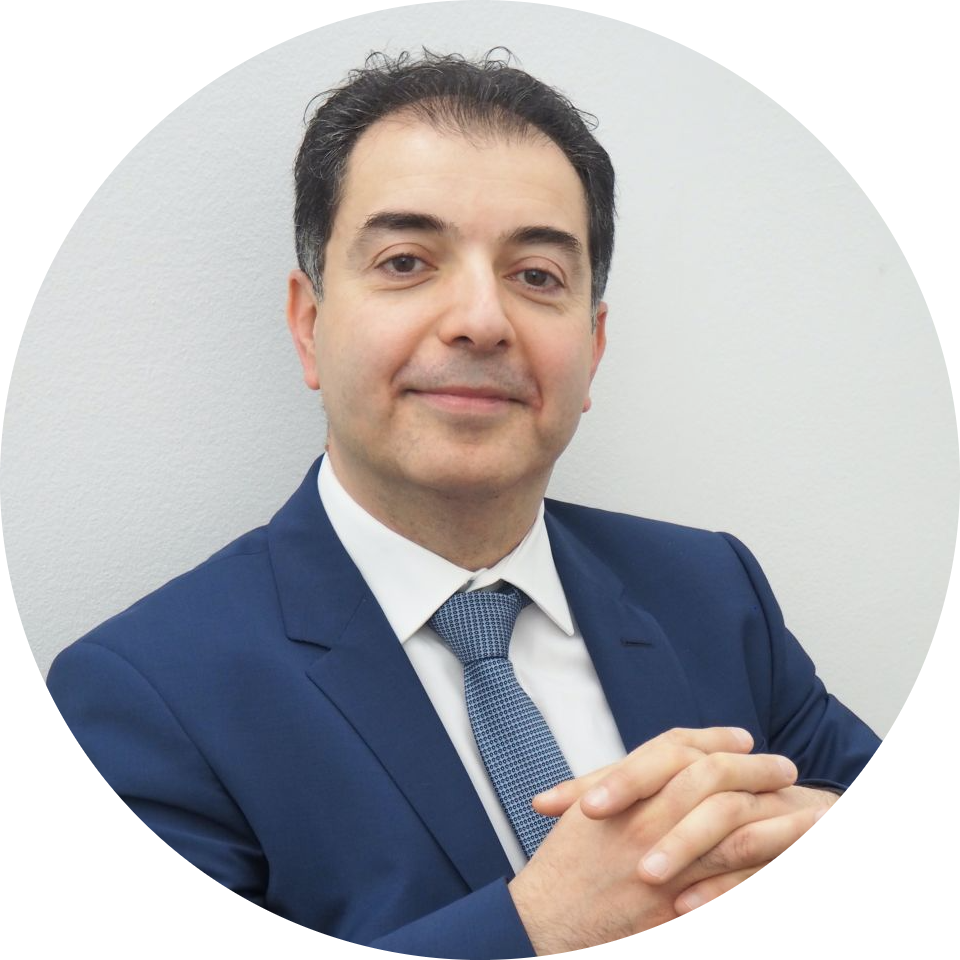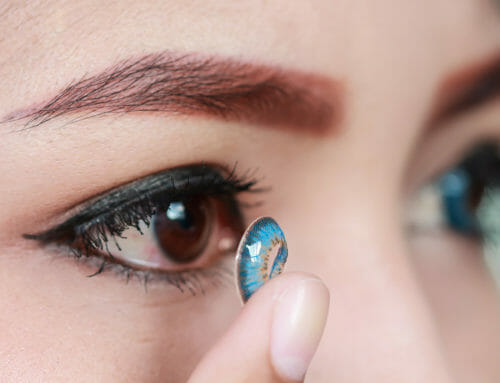
Glaucoma: The Silent Thief Of Sight
Glaucoma is an eye condition that can eventually lead to blindness. It is caused because of damage to the optic nerve in the back of the eyes. Primarily caused by an increase of intraocular pressure (IOP).
There are several types of glaucoma, however, the main types are open angle and closed angle glaucoma. The most common is open angle glaucoma, and this develops slowly over time. Pressure in the eye increases with time and as it increases it damages the optic nerve. One of the underlying causes is the gradual blockage of tiny drainage channels that allows fluid to pass out of the eye to control eye pressure. This condition is particularly problematic for sufferers as there are often no symptoms during its early stages.
Some age groups are at a higher risk of getting glaucoma than others, however, anybody can develop it at any age.
Closed angle glaucoma, or acute glaucoma, develops more rapidly than open angle glaucoma. This is due to the fact that the drainage space between the iris and cornea becomes too narrow. If fluid from the eye suddenly stops completely then this causes a build up of pressure in the eye.
Other types of glaucoma that are less common are secondary glaucoma and congenital glaucoma. Secondary glaucoma develops due to an identifiable increase in eye pressure cause such as another eye condition. Whilst congenital glaucoma is when the condition is diagnosed in new-borns.
Although age is one of the important risk factors for glaucoma, it is not the only one. Making healthier life choices with diet and exercise can also help, as unhealthy eating and poor lifestyle choices can contribute to the disease.
Once a person has glaucoma, there is no cure, only management to prevent it from getting worse.
Early diagnosis and treatment can prevent vision loss; research suggests that up to 50 percent of people who have glaucoma are not aware of it. An optometrist can identify which types you may be at risk of with a comprehensive eye exam. Regular eye examinations can help prevent vision loss and identify necessary treatments. Having regular check-ups with an optometrist usually involves having a quick and painless test called tonometry to measure your eye pressure.
An ophthalmologist can confirm whether eye pressure is normal. Patients are given treatment to reduce eye pressure and prevent further damage to the optic nerve. Treatment for glaucoma aims to reduce the pressure in the eye and some treatments also aim to improve the blood supply to the optic nerve. There are several methods of treatment, including eye drops, laser therapy and surgery.

About the expert
Mr Hamada | Consultant Ophthalmologist and Corneal Surgeon
MD, MSc, DO (hons), FRCSEd, FRCOphth I am Samer, founder and consultant ophthalmic surgeon with over 20 years’ experience in ophthalmology. I am a world-renowned specialist in cornea, cataract and refractive surgery. I’m not only a leading surgeon but also the only dual fellowship trained in corneal diseases in children from reputable institutions in the UK. At Eye Clinic London I work closely with other consultant ophthalmologists, optometrists and orthoptists to achieve the best outcomes for our patients. Our main aim is to make sure our patients get the safest and best treatments available to them. We put your safety before anything else so you can rest assured that if you choose us you will be in the best and safest hands.



